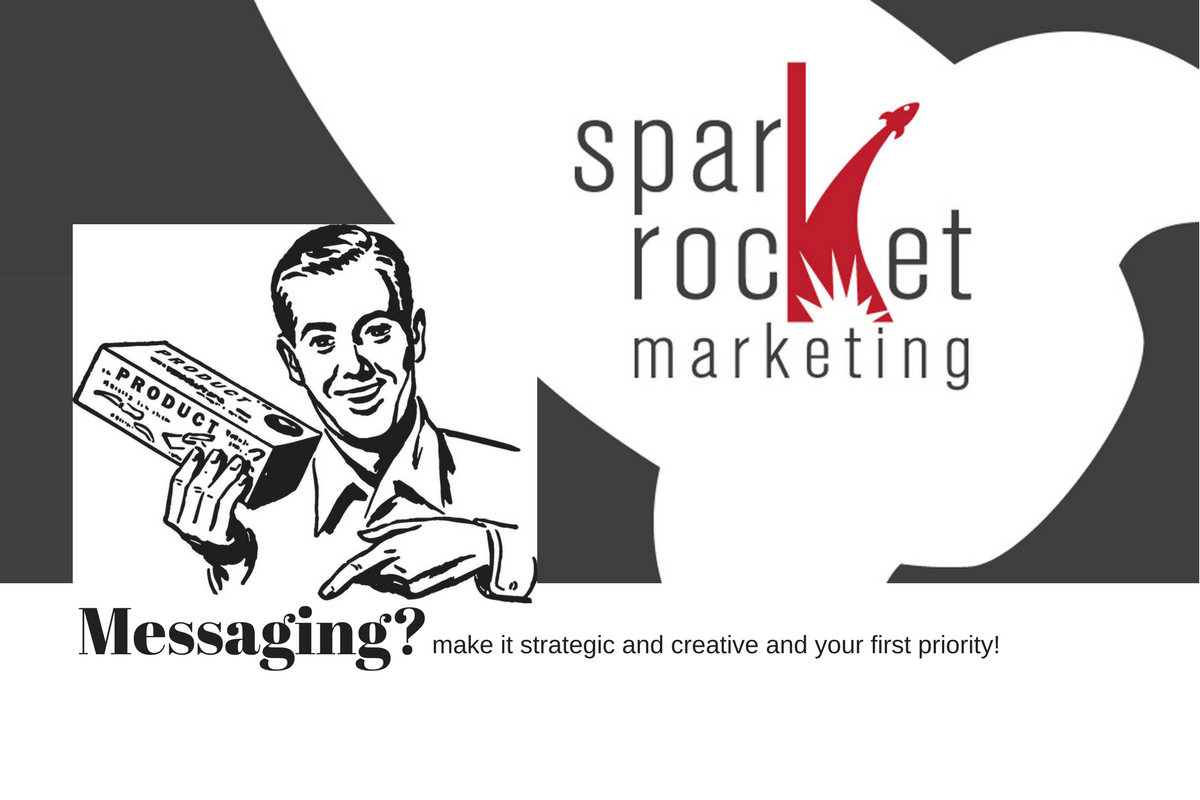So when we venture out to share the messaging about what we do with the B2B and tech communities we love, we are bombarded with questions about how we achieve marketing success for our clients. And inevitably, people jump to asking questions like:
- Do you do social?
- Can you do a drip email campaign for us?
- Can you do a press release and get us in the news?
- Will you automate our digital outreach?
- Do you make videos?
And while all of these are perfectly valid questions, we want to cry “Hey, you’re putting the cart before the horse there! Before you talk about the means to get to them — have you even figured out to which customers you’re messaging and what your messaging should tell them about you?”
And we have to poke our engineer and tech-savvy clients a bit.
Actually, not poke. We just have to say it bluntly.
You’re the worst!
Before digital marketing was pretty much everything anyone talked about in marketing, you’d at least listen to us tell you about the importance of brand, taglines, imagery, perception, creative campaigns, promotions, event outreach, press strategy and customer & public relations — all forms of messaging!
Now — someone has convinced you that all marketing takes place at this keyboard and that you NEVER have to leave your dark engineering corners which makes you oh, so happy!
My goodness, what have we wrought?
So we’re going to say this and keep repeating it until it sticks. The messaging still matters. The messaging still matters. Stop focusing on the means until you get it in your head that the messaging still matters.
And let us also say — it’s not your fault. It’s an industry problem that marketers have so convinced you that if they get you half-a-second of a view of half your ad, they’ve done their job. Well, thankfully, market leaders like Proctor & Gamble’s Mark Pritchard are calling out the industry on digital return sleight-of-hand, and demanding more from the people who run the “means” side of the industry.
Which means maybe, just maybe, we can make a case for focusing first on messaging, then how to maximize the message across delivery vehicles (like digital ads, press releases, promotions and all the many forms your messaging can take) and lastly the MANY means of delivery: organic digital content, digital ads, social, sponsored content, digital video distribution, print, broadcast, and other offline means.
Think about it — what makes you respond to or remember the sponsored content that smacks you in the face on Twitter, Facebook or a Google search? It’s what the content says that is important to you.
And messaging has to be first strategic, then creative. The strategy finds the best ways to connect with your customer on a visceral and emotional level. The creative makes that connection memorable.
So, want marketing that works? Remember, it’s first about the messaging — the strategic and creative messaging!

